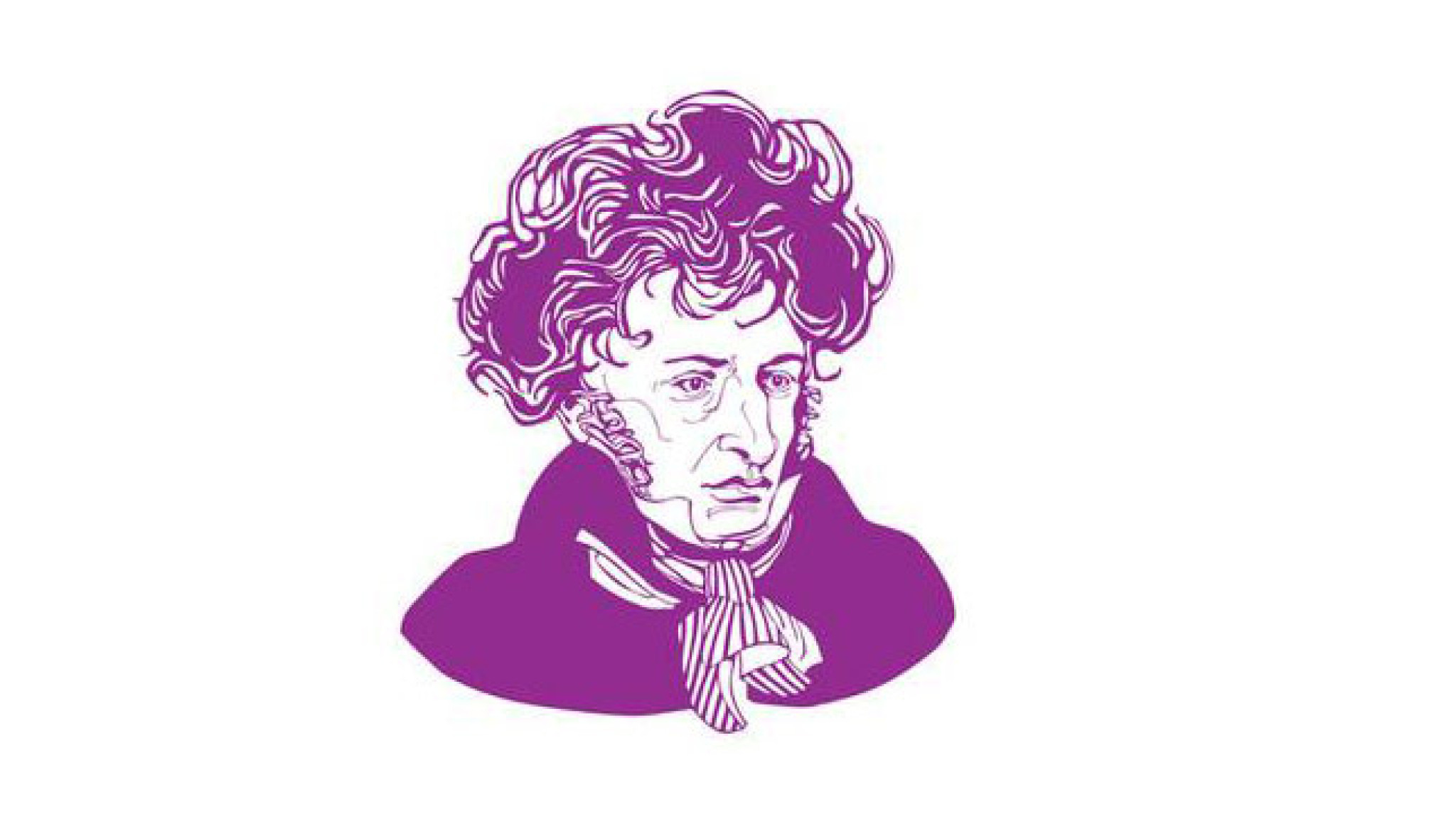Biography

Hector Berlioz was a composer of startling originality and one of the boldest pioneers in new orchestral sonorities. He was also one of the strongest proponents of using literature to create a musical narrative. Without his Symphonie fantastique (1830), the tone poems of Richard Strauss and the symphonies of Mahler would not have been the same. In his Mémoires (1870), which ranks among the most artfully crafted of composer autobiographies, Berlioz tells us how he learnt to play the flute and guitar in a provincial French town as a child, left for Paris and abandoned his medical studies for music. Though critics would point to his unconventional training as a weakness, Berlioz’s lack of rigid early schooling in the rules of harmony and counterpoint allowed him unprecedented imaginative freedom. As a winner of the Paris Conservatoire’s prestigious Prix de Rome, Berlioz enjoyed two years' study in the Italian city (1831–1832). By the time he left France he had already written (and heard performed) his Symphonie fantastique, the work that made him famous. The story that it tells is lurid: its five movements represent the dreams and fantasies of an opium-drugged artist about the woman he’s obsessed by, in settings from a ball to the scaffold and at a witches' sabbath. There was a real-life parallel in Berlioz’s infatuation with the Shakespearean actress Harriet Smithson, which resulted in a stormy marriage from 1833. Yet despite the work’s unusual form and themes, it can hold its own against any great symphony. Above all, it is the clarity of the orchestration, where for whole pages a handful of instruments might stand out in bold relief, that signposts the way forward for the composer’s later works. For many, Berlioz’s astonishing orchestration is his crowning achievement. He wrote a seminal treatise about it in 1843, which was later overhauled by Richard Strauss, and gave the Symphonie fantastique a sequel, Lélio, ou le retour à la vie (‘Lélio, or the Return to Life’, 1832). He also broadened the literary sources of his music with the dramatic symphony Roméo et Juliette (1839) and scenes from Goethe in La damnation de Faust (1846). The influence of these works has been far-reaching. The ‘Queen Mab’ scherzo from Roméo et Juliette made its mark on a whole generation of Russian composers for whom Berlioz was one of the few composers fit to stand alongside their nationalist leanings. Without the spaced-out strings of the same work’s ‘Romeo alone’ movement, the opening of Wagner’s Tristan und Isolde would not sound as it does. Berlioz’s supernatural fairy-music in La damnation de Faust was parodied by Saint-Saëns, and lovingly spoofed by Verdi in his opera Falstaff. Berlioz proved his own operatic credentials early on with Benvenuto Cellini (1838), a youthful take on the eventful life of a swaggering Italian goldsmith. Its Roman carnival music also appears in his most famous overture, Le carnaval romain (1844). Despite occasional revivals, opera-goers today seem to prefer the two-part epic Les troyens (1858), a homage to Virgil’s Aeneid that has its precedent in the mythological operas of Gluck, a composer Berlioz deeply revered. Contemporary caricaturists liked to depict Berlioz as a pompous general presiding over a vast orchestral army of sounds. Undoubtedly he did call for grandiose effects in his later music, not least the four brass bands that he requires in the Grande messe des morts of 1837, or the huge combined forces of wind and brass in the Grande symphonie funèbre et triomphale (‘Grand Funereal and Triumphal Symphony’, 1840), written to commemorate the victims of the 1830 French revolution. Yet it is in Berlioz’s subtlest writing that his individuality is most pronounced. The string harmonics floating above the melody in La damnation de Faust’s ‘Dance of the Sylphs’ were pioneering. Berlioz shows his tender and intimate side, too, in the choral nativity triptych L’enfance du Christ (1854). Although his abilities in orchestral writing are lauded, Berlioz’s gift for melody is sometimes overlooked. There are sublime melodies for Dido and Cassandre in Les troyens; Marguerite has a plangent aria of abandonment in La damnation de Faust; and the song cycle Les nuits d'été (‘Summer Nights’, 1841) has heartrending and haunting refrains. Even in Berlioz’s last opera, Béatrice et Bénédict (1862), based on his beloved Shakespeare’s Much Ado about Nothing, he evokes summer perfumes in a beautiful ladies' duet and trio. It is for this gift of delicate beauty, alongside his sensational orchestration and the explosive force of his grander works, that Berlioz stands in the front rank of composers.